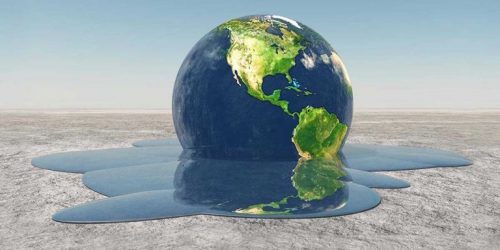The paramount challenges that climate change poses to Pakistan are related to water and heat. Pakistan’s upslope contour from glacial mountains in the north to the south’s lowland areas stages a conundrum in front of the decision-makers.
Despite its trivial contribution, Pakistan will face the direful aftermath of climate change in the wake of its topography and geography. Pakistan – the most inclined country of the world – finds itself on the base of the third pole, the Himalayan region. This makes Pakistan the 5th most-affected country from climate change, culminating in recurring freak events and spatial shifts.
The anomalous rain in Karachi, this monsoon, is just a trailer of the storm that lies ahead of us. The number of dangerous glaciers in Pakistan has incremented many folds (from 33 in 2015 to 133 in 2018).
Likewise, the monsoonal rain spells have exacerbated in recent years since these systems now directly approach Pakistan instead of precipitating in the Bay of Bengal before heading to Pakistan. Hence, we must prepare ourselves ahead of time.
Muhammad Azhad Zulfiqar-in his article stated, “Climate change has several causes, most dominant out of which is global warming. Burning fossil fuels, such as coal, natural gas, and oil, release huge amounts of carbon dioxide. Due to human activities in the past decades, the emission of gases such as carbon dioxide, methane, nitrous oxides, and chlorofluorocarbons have been at a constant and steep rise.”
According to research, it is believed that the prime contributors to the Greenhouse Gas (GHG) emissions include transportation, industrialization, urbanization, wastes, agriculture, and energy usage in the descending order in Pakistan.
The paramount challenges that climate change poses to Pakistan are related to water and heat. Pakistan’s upslope contour from glacial mountains in the north to the south’s lowland areas stages a conundrum in front of the decision-makers. The glaciers melt for 100 days in a year and proceed downhill.
Despite a burgeoning water crisis, Pakistan possesses a dismal water storage capacity, with the Tarbela dam being the last storage point. This paradox amplifies the risk of floods and compels the authorities to drain the excess water.







